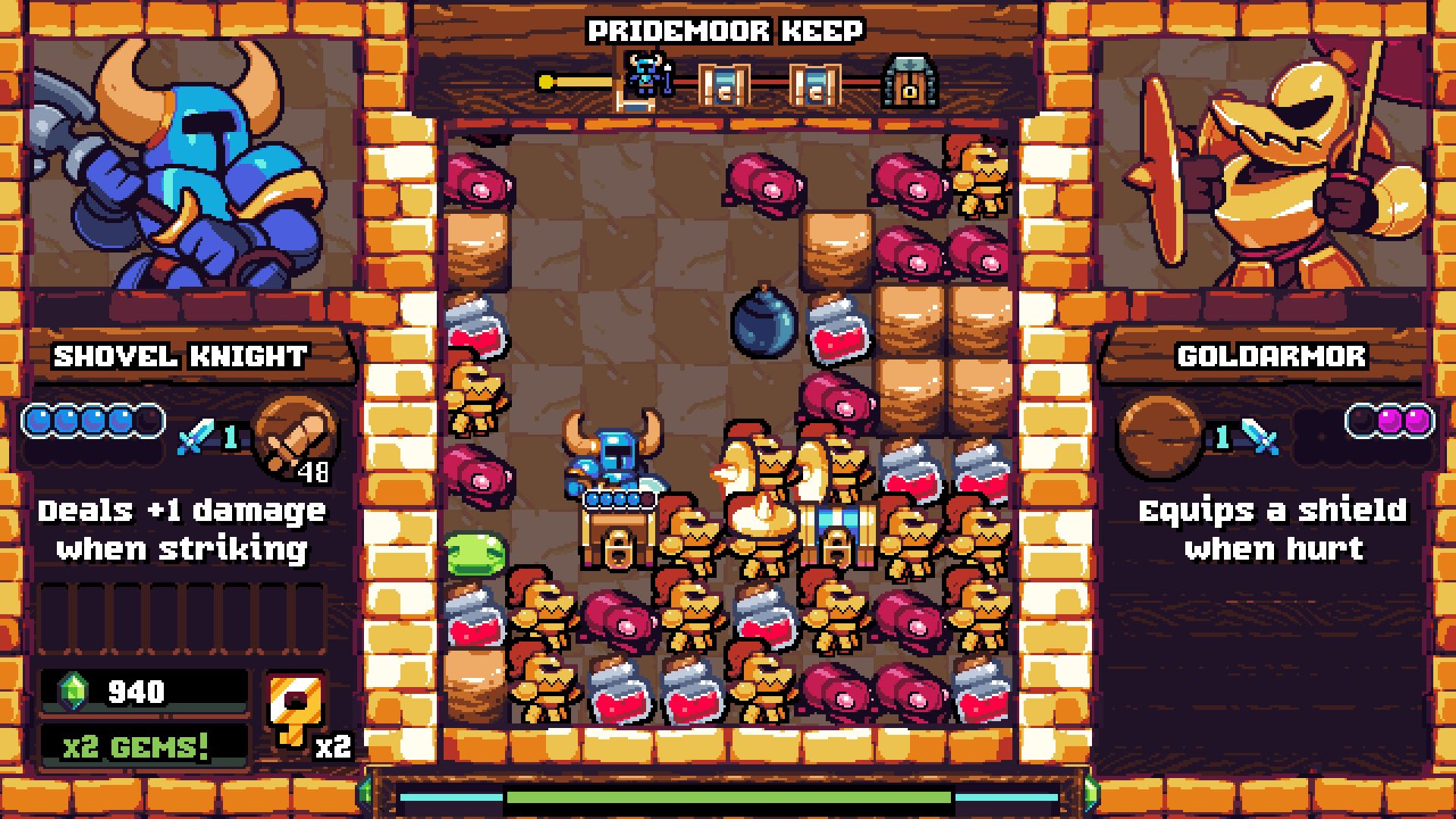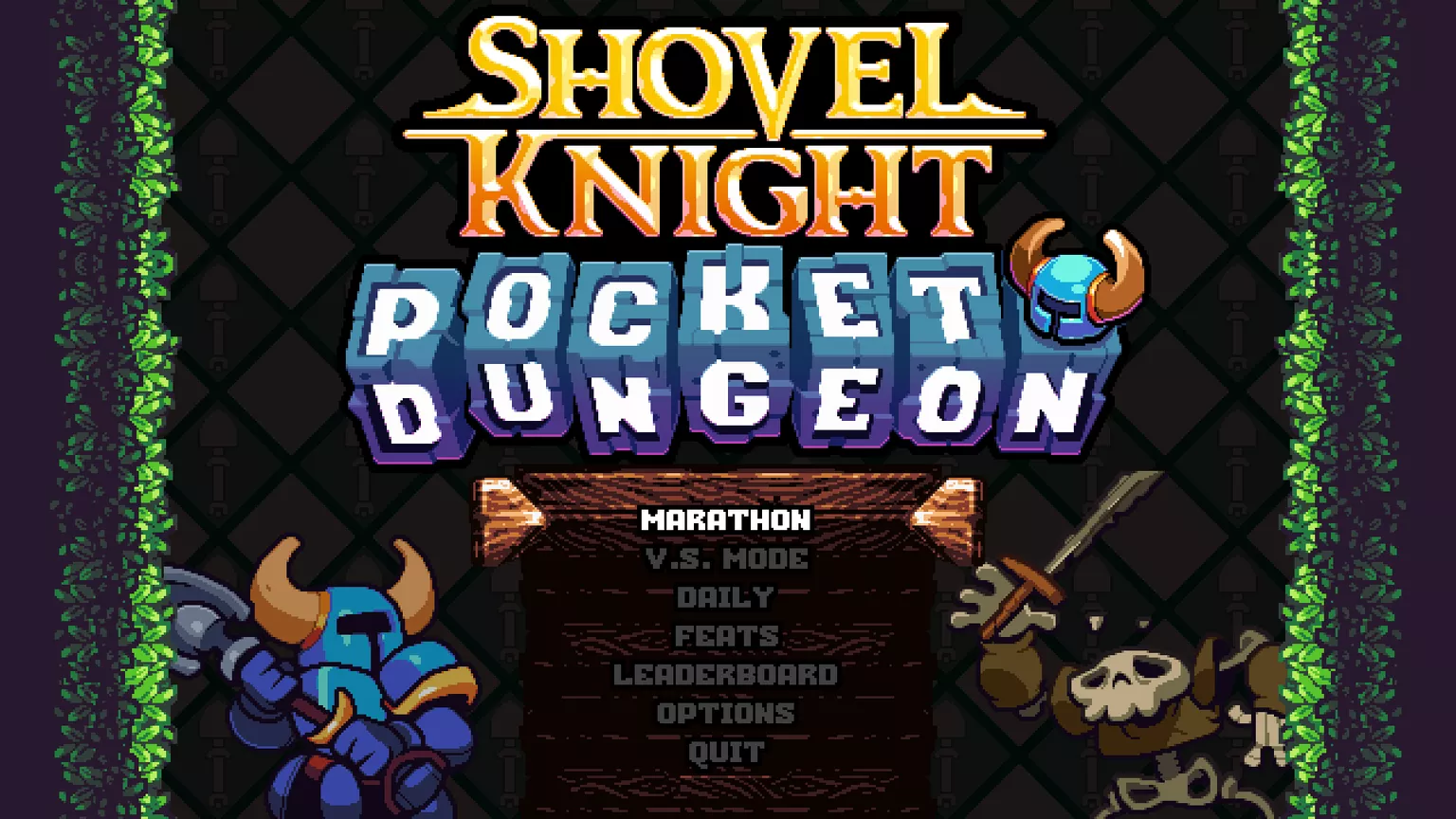
Items like keys will trail behind the blue hero, but will be dropped if he’s hit. Dig shares some DNA with Spelunky as well, specifically in its approach to secrets. Missing linksĭownwell isn’t the only modern game that springs to mind when I’m playing. That’s once again been accomplished here with a clever game that speaks the language of modern roguelikes and arcade classics in the same breath. That’s something that was fundamental to the original Shovel Knight’s success, as Yacht Club created a game that felt both preserved in amber and completely new. I love that I can see the influence of both a 20 video game in here, but I’m especially impressed that those pieces fit together this well. It’s a perfect fit, creating some puzzle-like sequences where players need to snake through dirt quickly - but carefully if they want to reach valuable gems or each level’s collectible cogs. Driller, taking the satisfying tunneling hook from those classics and stitching it into a fast-paced action game. It feels like a modern cousin of Dig Dug and Mr. Naturally, your brain might go back to even older reference points when you see it. Of course, he’d use his shovel to dig downwards rather than move side to side! The concept is a natural fit for Shovel Knight - in fact, that game’s movement techniques make even more sense in this context. It’s very similar to Downwell, another mobile roguelike that inverts expectations by having players platform while falling. There are temporary relics and power-ups to gain on each run, providing the traditional roguelike hook of lucking into a great build.

#Shovel knight pocket dungeon amiibo series
The remix this time around is that Shovel Knight makes his way down a series of vertically constructed levels (they aren’t fully procedural, but they shuffle different platforming sequences together), using his trust shovel to dig through dirt blocks, collect gems, and pogo off of enemies. The more it capitalizes on the IP with spin-offs like this, the more it feels the part. Fully committing to the pastiche, Yacht Club is now bringing us a sort of alternate universe where Shovel Knight replaces something like Mario. The first game was an homage to NES platformers, as if someone had dug up a long-forgotten mascot from the era. What’s fun about Shovel Knight as a whole is the way it chases history. … a clever game that speaks the language of modern roguelikes and arcade classics in the same breath. There’s a pit that Shovel Knight needs to get to the bottom of.

The loose narrative justification here is as irrelevant as it is superfluous. The heroes, bad guys, signature aesthetics, and excellent music all carry over but they’re reshuffled into another low-stakes bottle episode. At this point, each Shovel Knight spin-off feels like an episode of a Saturday morning cartoon. Shovel Knight Dig once again chronicles the adventures of the series’ titular hero as he digs through dirt and rival knights alike. It further twists Shovel Knight’s retro framework into a pretzel, suggesting that the gap between “classic” and “modern” is much smaller than we might realize. Shovel Knight Dig is perhaps too modest to be the next great roguelike, but it’s another fascinating piece of the franchise’s ongoing conversation with video game history. The ethos of the two projects, however, is consistent: They’re both titles that connect the past to the present.

It’s a more traditional roguelike that borrows ideas from Downwell and Spelunky, rather than a matching puzzle game with an action twist. Launching on iOS via Apple Arcade, Nintendo Switch, and PC, Shovel Knight Digis both very different from and very similar to Pocket Dungeon.


 0 kommentar(er)
0 kommentar(er)
